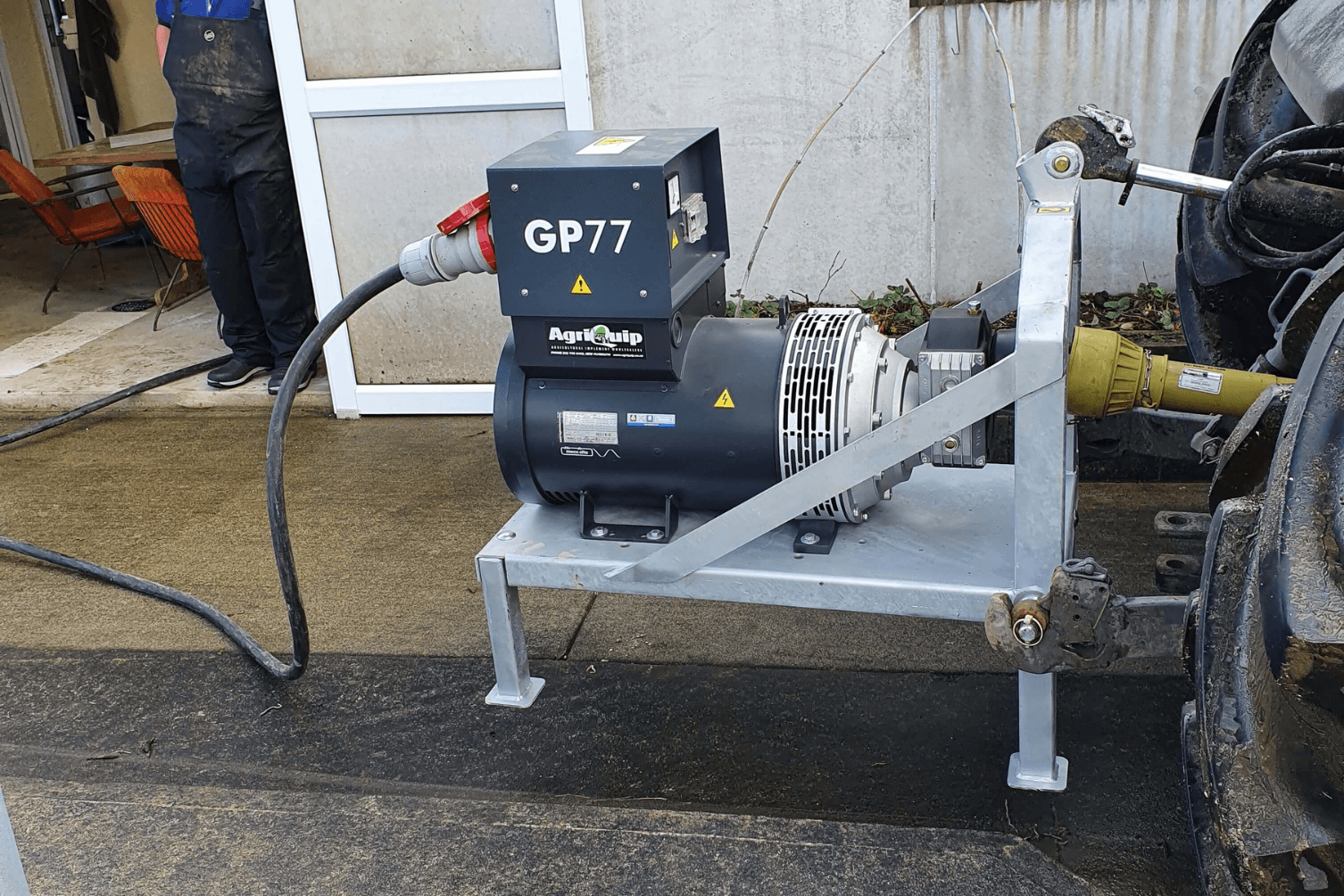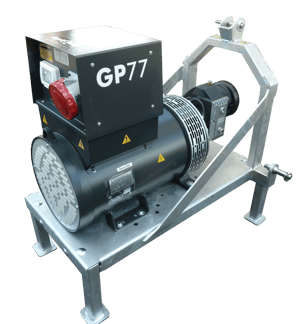Choosing the Right Generator Size for Your Cow Shed
Regularly we get asked "what size generator do I need for my milking shed?". Discover how to select ...
Read more
 Are you unsure about what sized generator you need to run your cow milking shed? Read on to discover the perfect-sized generator for your milking shed.
Are you unsure about what sized generator you need to run your cow milking shed? Read on to discover the perfect-sized generator for your milking shed.
Although there is no replacement for enlisting a certified electrician to conduct a thorough inspection and provide accurate calculations, the following guidelines can serve as valuable initial reference points. They should help set you on the right path, albeit not as a complete substitute for professional assistance.
When it comes to running a cow milking shed, it's important to understand the power requirements. A milking shed typically requires electricity to power various equipment such as milking machines, cooling systems, and lighting. The power demand of your milking shed will depend on the number of cows, the size of the shed, and the specific equipment you use.
To determine the power requirements, you need to consider the wattage or kilowatt-hour (kWh) consumption of each electrical device in your milking shed. This information is usually provided on the device itself or in the user manual. Make a list of all the equipment you have and their corresponding power consumption.
Additionally, consider any other electrical needs in your milking shed, such as water pumps or heating systems. These may also contribute to the total power demand.
By understanding the power requirements of your milking shed, you can better determine the generator size needed to meet your electrical needs.
Once you have a list of all the equipment and their power consumption, you can calculate the total power demand of your milking shed. This will give you an idea of the generator capacity required to meet your electricity needs. Below is a calculator to help
To calculate the total power demand, simply add up the wattage or kilowatt-hour consumption of each device. For example, if you have a milking machine that consumes 500 watts and a cooling system that consumes 800 watts, the total power demand would be 1,300 watts.
Keep in mind that some devices may have a starting current, which is higher than their rated power consumption. This is especially true for motor-driven equipment like milking machines. Take into account the starting current when calculating the total power demand.
In addition to the total power demand, it's important to consider peak loads and starting currents in your milking shed. Peak loads refer to the maximum power demand during specific periods, such as when all the milking machines are operating simultaneously.
Starting currents, as mentioned earlier, are the initial surge of current required to start motor-driven equipment. This surge can be significantly higher than the rated power consumption. When choosing a generator, ensure that it can handle the peak loads and starting currents of your milking shed.
Having a generator with sufficient capacity to handle these peak loads and starting currents ensures reliable and uninterrupted power supply to your milking shed.
Now that you have an understanding of your milking shed's power requirements and the factors to consider, it's time to explore the different generator sizes available.
Generators come in various sizes, ranging from portable models suitable for small milking sheds to larger models capable of powering multiple sheds. The size of the generator is typically indicated by its power output, measured in kilowatts (kW) or kilovolt-amps (kVA). AgriQuip's stocked range of PTO Generators are 30kVA, 50kVA, 75kVA, 85kVA and 105kVA, with the 75kVA being the most popular size.
Consider the total power demand, peak loads, and starting currents of your milking shed when choosing a generator size. It's always better to go for a generator with slightly higher capacity to ensure it can handle any unexpected power surges or future expansions of your milking operation.
Kilovolt-amps (kVA)
To determine the perfect-sized generator for your milking shed, you need to consider all the factors discussed above. Start by calculating the total power demand of your shed, including peak loads and starting currents. Then, explore the different generator sizes available and choose one that can comfortably handle your power requirements.
It's also a good idea to consult with a professional electrician or generator supplier who can provide expert advice based on your specific needs. They can help you select the right generator size and ensure proper installation and maintenance.
By choosing the perfect-sized generator for your milking shed, you can ensure a reliable and efficient power supply, leading to smooth milking operations and the well-being of your cows.
| Maximum Demand in Amps | Suggest Generator Model | Tractor HP |
| 10 | GPP33 TR/S | 60-80hp |
| 20 | GP33 TR/S | 60-80hp |
| 30 | GP33 TR/S | 60-80hp |
| 40 | GP33 TR/S | 60-80hp |
| 50 | GP55 TR/S | 80-100hp |
| 60 | GP55 TR/S | 80-100hp |
| 70 | GP55 TR/S - GP77 TR/S | 80-130hp |
| 80 | GP77 TR/S | 110-130hp |
| 90 | GP77 TR/S | 110-130hp |
| 100 | GP77 TR/S - GP95 TR/SF | 110-150hp |
| 110 | GP95 TR/SF | 130-150hp |
| 120 | GP95 TR/SF | 130-150hp |
| 130 | GP115 TR/SF | 160-200hp |
| 140 | GP115 TR/SF | 160-200hp |
View our range or PTO Generators here

Regularly we get asked "what size generator do I need for my milking shed?". Discover how to select ...
Read more.png?width=352&name=PTO%20Generator%20on%20a%20farm%201%20(2).png)
Are you looking for a PTO driven generator? Do you know the various costs and benefits involved?
Read more.jpg?width=352&name=PTO%20Generator%20(9).jpg)
Additional portable power can be an essential asset in commercial and farming applications. From ...
Read moreStay updated with our blog and keep in the loop with new products and everything you need to know about Agriquip.